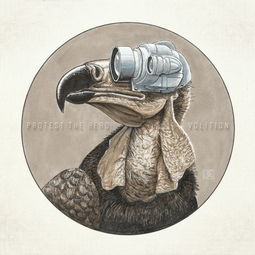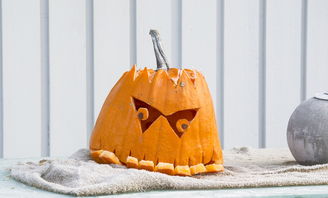
Understanding Under Bite: A Comprehensive Guide

Have you ever noticed that your lower jaw seems to jut out more than your upper jaw? If so, you might have an under bite. An under bite, also known as a mandibular prognathism, is a dental condition where the lower jaw is positioned further forward than the upper jaw. This condition can affect both children and adults, and it can have various implications for your oral health and overall appearance. In this article, we will delve into the causes, symptoms, diagnosis, treatment options, and the impact of an under bite on your life.
Causes of Under Bite

Under bites can be caused by a variety of factors, including genetics, environmental factors, and developmental issues. Here are some common causes:
| Causes | Description |
|---|---|
| Genetics | Under bites can be inherited, meaning they can run in families. |
| Environmental Factors | Factors such as tongue thrusting, pacifier use, or thumb-sucking can contribute to an under bite. |
| Developmental Issues | Problems with the growth and development of the jaw bones can lead to an under bite. |
Symptoms of Under Bite

While some individuals with an under bite may not experience any symptoms, others may notice the following:
- Visible protrusion of the lower jaw
- Difficulty biting or chewing food
- Speech difficulties, such as lisping
- Facial asymmetry
- Headaches or neck pain
Diagnosis of Under Bite
Diagnosing an under bite typically involves a combination of visual examination, dental X-rays, and dental impressions. A dentist or orthodontist will assess the following:
- Facial structure
- Teeth alignment
- Jaw joint function
Treatment Options for Under Bite
The treatment for an under bite depends on the severity of the condition and the individual’s age. Here are some common treatment options:
- Orthodontic Treatment
- Removable Appliances
- Fixed Appliances
- Surgery
Orthodontic Treatment
Orthodontic treatment, such as braces or clear aligners, can correct an under bite by moving the teeth and aligning the jaws. This treatment is often recommended for children and adolescents, as their jaws are still growing and more responsive to treatment.
Removable Appliances
Removable appliances, such as headgears or Herbst appliances, can be used to correct an under bite in some cases. These appliances work by applying gentle pressure to the jaw to encourage proper growth and alignment.
Fixed Appliances
Fixed appliances, such as palatal expanders, can be used to correct an under bite by widening the upper jaw. This treatment is often recommended for children and adolescents, as their jaws are still growing.
Surgery
In some cases, surgery may be necessary to correct an under bite. This is typically recommended for adults who have completed their growth and have not responded well to other treatment options. Surgery can involve the removal of bone or the repositioning of the jaw joints.
Impact of Under Bite on Your Life
An under bite can have various implications for your life, including:
- Oral Health: Difficulty in cleaning teeth and maintaining good oral hygiene
- Speech: Potential speech difficulties, such as lisping
- Facial Appearance: Facial asymmetry and potential self-esteem issues
- Functionality: Difficulty in biting and chewing food
In conclusion, an under bite is a dental condition that can affect both children and adults. Understanding the causes, symptoms, diagnosis, and treatment options can help you make informed decisions about your oral health. If you suspect you or your child has an under bite, it is essential to consult with a dentist







